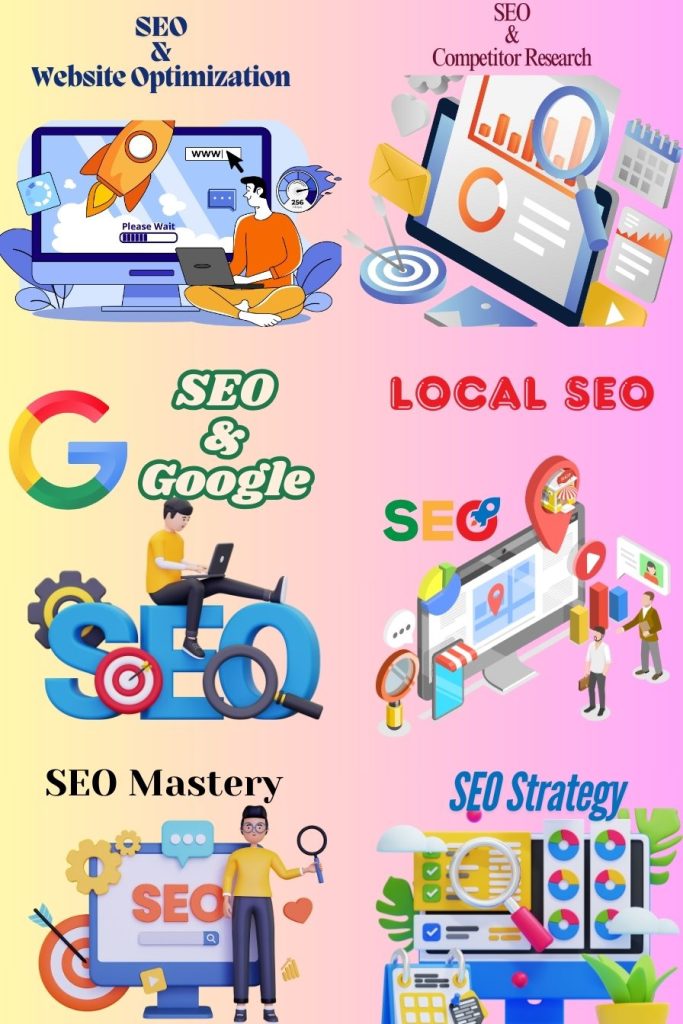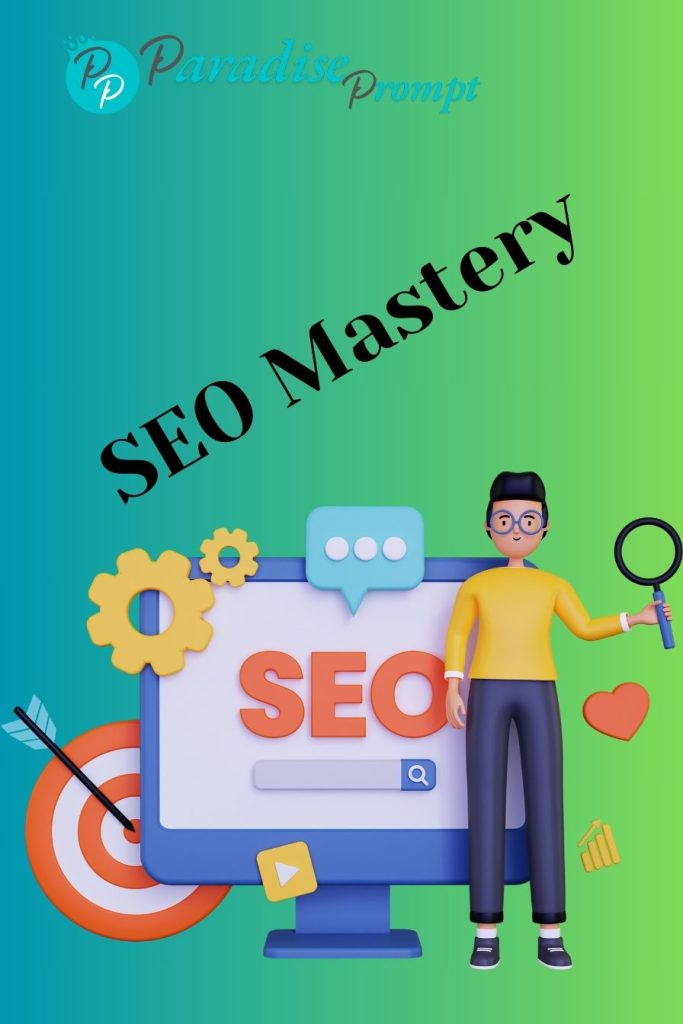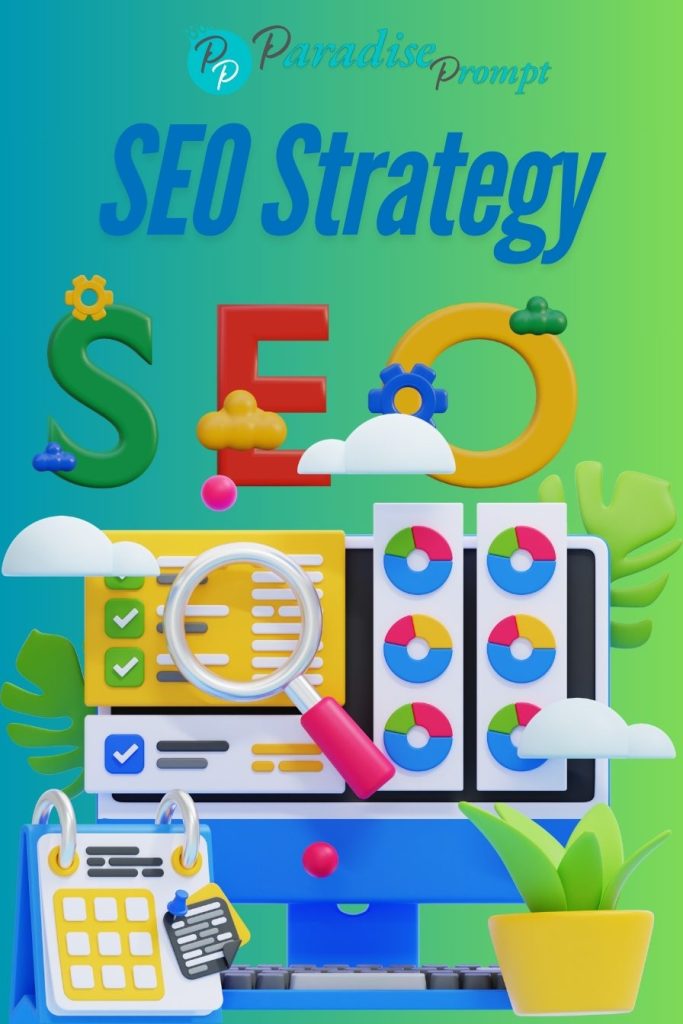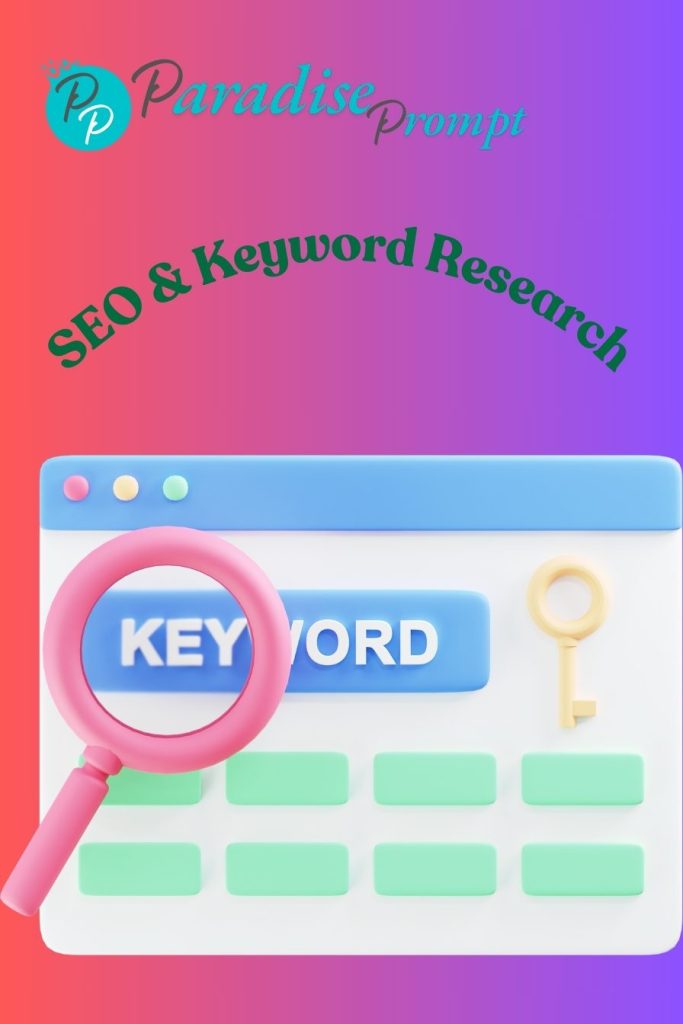Introduction to AI Tools for Content Creation
1-1. The Rise of AI-Powered Writing
AI Tools for Content Creation: Like a digital tsunami, Artificial Intelligence (AI) has crashed into the content production field, changing our writing, design, and distribution methods. Gone are the days when authors depended on their wit and coffee-fueled brainstorming meetings. From recommending words and grammatical fixes to producing whole papers, artificial intelligence systems now serve as quiet co-authors.
But how did we get here? Starting with basic spell-checkers, the path developed into predictive text algorithms, which today have advanced neural networks that can replicate human inventiveness. AI doesn’t just help; it works with large data sets to create strangely human-like material.
1-2. How AI Mimics Human Creativity
Have you ever considered how artificial intelligence might create a gripping tale, prepare a marketing email, or write a poem? Natural language processing (NLP) and machine learning models like GPT-4 hold the key. These computers examine millions of text samples to find patterns, tones, and stylistic subtleties.
Imagine AI as a master chef who has sampled every meal in the world; it understands what components (words) complement one another and how to present them (organise material) in the most attractive manner. Unlike people, artificial intelligence lacks real emotions; it replicates creativity instead of experiencing it.
1-3. Ethical Considerations
Enormous power comes with immense duty. AI Tools for Content Creation poses ethical questions:
- Plagiarism: Is AI-generated material original?
- Will artificial intelligence take the role of human authors?
- Misinformation: What if artificial intelligence promotes untrue stories?
Although artificial intelligence is a strong friend, it is important to use it wisely—augmenting human ingenuity instead of totally replacing it.
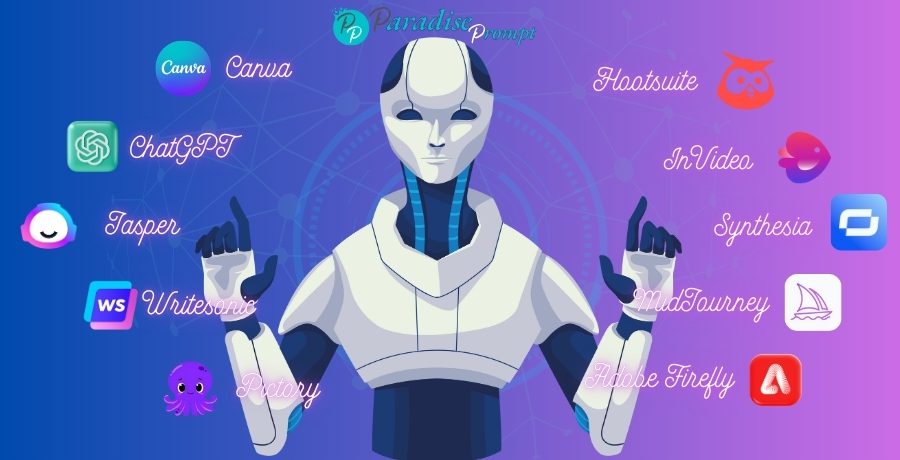
Understanding AI Text Generators
2-1. How AI Generates Human-Like Text
Generators are artificial puppeteers tugging data strings to construct logical phrases. Using transformer models, they forecast the next word in a series depending on context. The more data they ingest, the better they replicate human writing patterns.
For instance, if you enter “The best AI tools for…”, the AI may recommend “…content creation are…” depending on prevalent phrase patterns it has absorbed.
2-2. The Role of NLP in AI Writing
AI writing toolsets are built on natural language processing (NLP). It allows computers to: – Grasp language and syntax – Identify attitude (positive, negative, neutral) – Produce contextually relevant replies.
Without natural language processing, artificial intelligence would be like a parrot repeating phrases without comprehension.
2-3. Constraints of AI Text Creation
Though impressive, artificial intelligence is not perfect.
Lacks appropriate knowledge; it doesn’t “know” what it writes.
Struggles with subtle humour or sarcasm
Training on faulty data might lead to biased or erroneous material production.
Top 10 AI Tools for Content Creation
3-1. AI Writing Assistants
Imagine a relentless writing partner who can produce material at a breakneck pace, never has writer’s block, and never requests a coffee break. AI writing tools like ChatGPT, Jasper, and Writesonic provide just that. These programs analyze your prompts to create anything from whole essays to blog outlines.
But here’s the catch: while they’re great for drafting, they still need a human touch for subtlety, humour, and brand voice. Have you ever seen an AI-generated article that seems slightly off? AI lacks lived experience, so that’s why. It can imitate the drama of Shakespeare or the conciseness of Hemingway, but it does not feel the words.
3-2. AI-Powered Graphic Design Tools
Not a creator? Not an issue. Simple text prompts on tools like MidJourney, Adobe Firefly, and Canva’s Magic Design enable you to produce beautiful graphics. Looking for a futuristic cityscape for your sci-fi blog? Just type it in; AI will provide many possibilities in seconds.
Yet be warned of the design “uncanny valley”; sometimes, artificial intelligence images seem virtually flawless yet contain strange anomalies, such as six-finger hands in AI artwork. Human curation fits in there.
3-3. Video Creation AI
Platforms such as Synthesia, InVideo, and Pictory convert text into professional films. Looking for an explanatory video? Feed the script, choose an AI avatar, and let the tool manage transitions, voiceovers, and animations.
Still, artificial films may sometimes seem robotic (literally). Humans who adjust speed, feeling, and narrative flow produce the greatest outcomes. Like a digital Nostradamus, they examine trends and recommend what will appeal to your audience.
3-4. AI for Social Media Content
Tools like Copy.ai, Lately, and Hootsuite’s AI help craft scroll-stopping captions and hashtags and predict the best posting times. They analyze trends like digital Nostradamus, suggesting what will resonate with your audience.
But remember—AI doesn’t understand cultural nuances or sarcasm. A poorly auto-generated tweet can quickly go from funny to offensive.
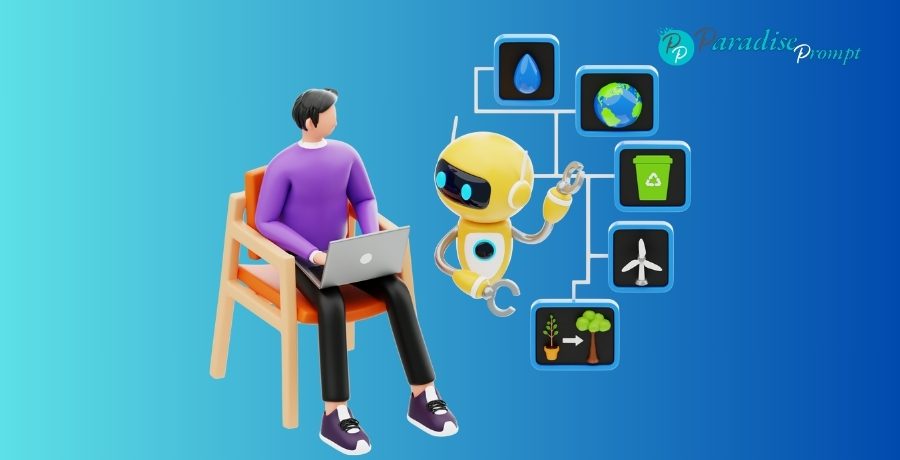
Free vs. Paid AI Tools: Which Should You Choose?
4-1. Pros and Cons of Free AI Tools
Tools like Canva’s free tier or ChatGPT’s basic version are excellent for dipping your toes into artificial intelligence. Perfect for casual makers, low-risk, simple to utilise. But there is always a trade-off:
- Though there’s always a trade-off
- Less personalisation means more generic results.
- Processing is slower; paying customers have precedence.
Consider free artificial intelligence technologies as a sample platter—delicious but insufficient for a full dinner.
4-2. When to Invest in Premium AI
Paid solutions such as Jasper (Starts at $49/month), SurferSEO ($59/month), or Grammarly Premium ($12/month) provide businesses, serious creators, or agencies:
Advanced analytics (performance tracking, SEO optimisation)
Priority assistance (no waiting in digital purgatory)
It’s quicker, smoother, and full of luxury features, much like moving from a bike to a Tesla.
4-3. Hidden Costs of “Free” AI Platforms
“Free” usually has conditions attached:
Data collecting (your contributions could train their models)
Upsell traps: “Want more credits? Want more credits? Pay $10!
Limitations on branding include watermarks and export restrictions.
Always read the tiny print—what seems free now might cost you back later.
AI Text Detectors: Can They Spot Machine-Written Content?
5-1. How AI Detectors Work
Tools such as Originality. Ai, GPTZero, and Turnitin examine text for patterns characteristic of artificial intelligence:
Unusual word predictability—AI favours safe, familiar phrasing—
Uniform sentence lengths show a lack of human “burstiness.”
Too-perfect grammar—real people make errors.
Still, they’re not perfect; intelligent prompting or hybrid (human + AI) material may escape.
5-2. Accuracy of AI Detection Tools
Though false positives occur, most detectors claim 90 %+ accuracy. Ever been charged with using artificial intelligence even when you didn’t? Human writing may imitate artificial intelligence patterns, such as manuals.
5-3. Bypassing AI Detection – Myth or Reality?
A few strategies might be practical:
Manual editing (including human-like mistakes, different tempo)
AI “humanisers” techniques adjusting artificial text to seem organic
Hybrid workflows—human rewrites plus AI drafts
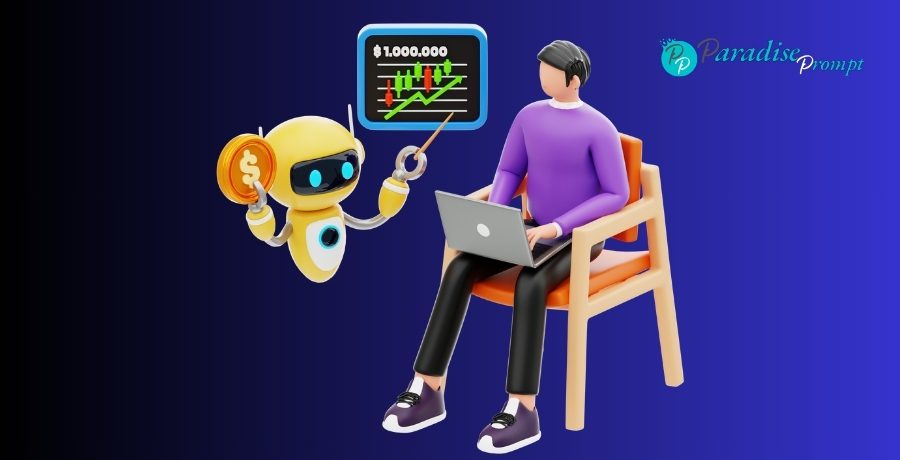
The Best AI Apps for Content Production
6-1. Mobile vs. Desktop AI Tools
Choosing between mobile and desktop AI tools is like choosing between a professional chef’s toolbox and a Swiss Army knife. Mobile applications such as ChatGPT Mobile, Canva, and Lumen5 provide amazing convenience—you can create material while waiting for your coffee. Serious content production, on the other hand, is made possible by desktop systems like Jasper, SurferSEO, and Adobe Premiere Pro.
Have you ever attempted to edit a 4K movie on your smartphone? Precisely. Mobile AI applications are great for fast social postings or on-the-go brainstorming, but struggle with more challenging jobs. Desktop tools provide Advanced formatting capabilities (try changing kerning in a mobile app!)
Multitasking features include many windows, plugins, and integrations.
Processing power—rendering films or massive data set analysis
The wise way is to utilise mobile for rapid drafts and ideas, then refine on a desktop. It’s like painting the masterwork after pencil drawing.
6-2. AI Apps for Bloggers
For bloggers drowning in deadlines in a sea of material demands, artificial intelligence applications are life preservers. When your work seems flat, Wordtune offers more forceful wording; Frase.io helps organise SEO-friendly outlines; and Grammarly finds those awkward typos—we’ve all published “pubic” instead of “public.”
The secret sauce of the blogger is this, though: using many artificial intelligence technologies.:
- Initial research and angles using ChatGPT
- Keyword optimisation using SurferSEO
- Originality to guarantee human-like qualities
- Featured pictures using Canva
Each artificial intelligence technology offers different abilities, just as every one helps you build your own Avengers team for content production.
6-3. AI for Scriptwriting and Storytelling
Screenwriters and authors are finding AI’s narrative possibilities. Tools such as NovelAI create components of the fantasy universe, Dramatron organises screenplays, and Sudowrite offers narrative twists. But can artificial intelligence duplicate the beauty of human storytelling?
Augmentation, not replacement, holds the solution. AI can suggest 20 starting lines in seconds and break writer’s block.
Creating fictitious geographies, civilisations, and pasts.
Dialogue polishing (ensuring natural flow of character discussions)
Still, the essence of narrative—emotional depth, thematic complexity, cultural nuance—needs human touch. Consider artificial intelligence as your overzealous writing intern requiring close monitoring.
Generative AI Tools: Beyond Basic Text Creation
7-1. AI for Art and Music
We are seeing an artistic revolution. While AIVA and Soundraw create unique music, DALL-E 3, Midjourney, and Stable Diffusion generate pictures from text prompts. These technologies are democratising creativity—now everyone can “paint” like Van Gogh or write like Mozart (or at least try to).
But there is a debate developing. An AI-generated artwork winning a state fair contest (actual tale) prompts complex issues: – What constitutes “original” art?
Should copyright protect works of artificial intelligence?
Are we diminishing the value of human artists?
The boundaries between tool and creator fade quicker than a watercolour picture in the rain.
7-2. Generative Adversarial Networks (GANs)
Pitting two neural networks against one another, GANs are artificial intelligence’s most interesting creative tool. One creates material; the other evaluates it. This digital cat—and—mouse game produces photorealistic images that don’t exist in real life.
Voice cloning—replicating famous people’s voices.
Product design (creating hundreds of chair prototypes)
It’s like a never-sleeping, endlessly patient art instructor constantly pushing the student (generator) to improve.
7-3. The Future of AI-Generated Media
We’re nearing a threshold where separating human from artificial intelligence material will be almost impossible. Already, artificial intelligence can:
Produce deepfake films of historical people
Draw and write kids’ books in minutes.
This raises ethical questions and presents interesting opportunities. Will future viewers, as long as their entertainment is interesting, care who (or what) produced it? The response may change creative sectors forever.
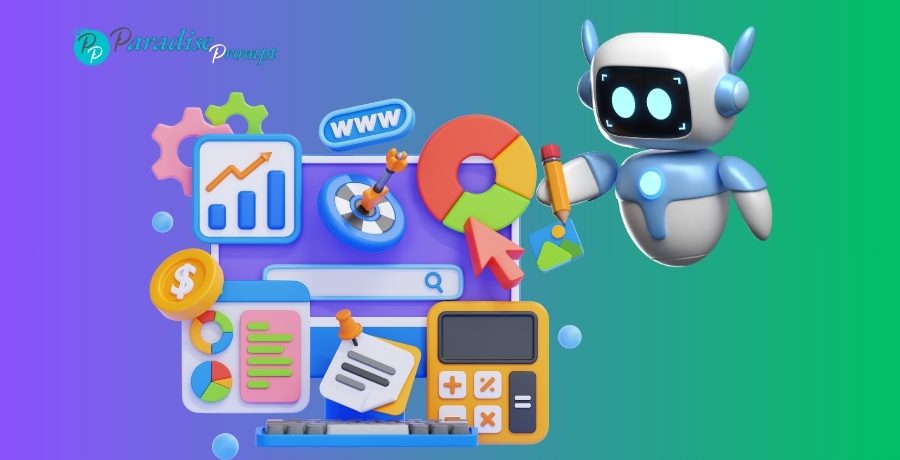
Challenges in AI Content Creation
8-1. Over-Reliance on Automation
From composing books to drafting emails, artificial intelligence poses a tremendous temptation to let it handle everything. Excessive automation, however, produces technically flawless but emotionally empty. It’s like eating a 3D-printed steak: it looks good, but where’s the sizzle, the juice, the soul?
Indications you are over-automating:
Your “personal” newsletter looks pretty generic.
Readers grumble that your material lacks character.
What fixes this? Don’t let AI be head chef; use it as sous-chef. Let it take care of mundane chores so you may concentrate on strategic and artistic direction.
8-2. Plagiarism Risks
Sometimes AI models learn on current material, which results in uncomfortably near “inspirations.” AI tools have sometimes produced:
Almost similar excerpts from copyrighted works
Patented product designs with few modifications
Journalistic material lacking appropriate attribution
Protect yourself by: – Running AI outputs via plagiarism checkers
Including significant original comments
Verifying every AI-generated assertion
Legally and morally, the buck ends with you, not the artificial intelligence.
8-3. Maintaining Authenticity in AI-Generated Work
Ironically, the most challenging thing for artificial intelligence to fake is authenticity, the holy grail of content marketing. Readers can tell when material is machine-made even if they cannot identify why. Communicating with someone who memorizes a script differs from communicating from the heart.
Ways to maintain its accuracy:
Include personal anecdotes and experiences
Research using artificial intelligence; still, write essential parts yourself.
People relate to people, not computers. The most successful AI-assisted artists know this fundamental reality.
AI Tools for SEO Optimization
9-1. AI-Powered Keyword Research
Remember when, like some ancient scribe, you painstakingly brainstormed terms. AI has transformed keyword research into a high-tech treasure hunt. Tools like Ahrefs, Frase, and SEMrush’s AI Keyword Magic don’t just recommend keywords; they forecast which ones will affect your material.
These creative technologies examine:
Question patterns—what individuals enter into Google
Levels of competition (How challenging it will be to rank)
It’s like having a crystal ball showing you what your audience wants to read. The catch is, however, that the most remarkable artificial intelligence technologies surpass simple search volume. They will let you know if a term is worth pursuing or whether it is just digital fool’s gold.
9-2. Content Structuring with AI
Have you ever read an article that seemed like walking through a maze? Artificial intelligence can stop it. Tools such as MarketMuse and Clearscope examine top-ranking material and provide the best framework for your work. They will inform you: Which headlines should be included based on what is successful for rivals?
Ideal material length—no more guessing if 800 or 2,000 words is preferable.
Semantic keywords to sprinkle (those linked phrases Google adores)
Consider it as having an architect for your material—one who understands exactly what Google’s algorithm finds appealing. The outcome? Pieces of writing that please both human readers and search engines.
9-3. AI for Meta Descriptions and Title Tags
Your material might be Pulitzer-worthy, but it might be invisible without interesting information. Tools like NeuronWriter, Yoast SEO, and SurferSEO create title tags and meta descriptions that:
Include strong words to increase CTR.
How does a decent meta description vary from an exceptional one? Occasionally, just 2 to 3 percent. But that’s the difference between a rain of visitors and a drizzle in the traffic game.

The Role of AI in Social Media Content
10-1. AI for Post Scheduling
Social media never sleeps, but fortunately, AI scheduling tools perform the night shifts for you. Platforms like Buffer, Hootsuite, and Later use artificial intelligence to: – Forecast ideal publishing times (when your audience is scrolling)
Based on your content mix, automatically create posting calendars.
Recommend content repurposing (automatically converting blogs into Twitter threads)
It’s like having a social media assistant who never complains about working weekends or calling in sick. The finest part? These technologies improve with time, enhancing what suits your audience.
10-2. Automated Hashtag Generation
The hashtag approach used to be guesswork—throwing spaghetti against the wall and seeing what sticks. Tools like RiteTag and Hashtagify now employ artificial intelligence to: • Recommend trending hashtags in your area of interest • Alert you to overused or spammy tags • Locate the sweet spot between rivalry and popularity.
The consequence? Instead of being lost in a sea of #follow4follow rubbish, your articles are found by the correct individuals. It’s the difference between using a focused loudhailer and yelling into the hoover.
10-3. AI-Generated Visual Content
Generic stock photos are the fast cuisine of visual content—filling but forgettable. Tools such as DALL·E 3, Midjourney, and Canva’s artificial intelligence picture generator produce bespoke graphics that fit your company, looking for: – A futuristic cityscape for your tech blog?
A warm coffee shop setting for your brand?
A conceptual backdrop for your presentation?
Say it, and boom—distinct images in seconds. Gone are the days of sifting through pages of stock images when every company seems to employ the same cheerful phony workers.
The Future of AI in Content Creation
11-1. Predictions for AI Advancements
If you believe today’s artificial intelligence is remarkable, wait. We’re considering near-future advancements such as:
Emotion-aware writing tools adjust tone depending on the reader’s mood.
Real-time collaborative artificial intelligence (many AIs cooperating on initiatives)
Generating full-length books (with consistent narrative voice)
Imagine an artificial intelligence that can forecast how various audiences would emotionally react to every paragraph, not just recommend changes to your copy. That’s not science fiction; it’s arriving sooner than you believe.
11-2. Will AI Replace Human Writers?
Here is the awkward question everyone is sidestepping. The truthful response? For basic, formulaic material—absolutely. But for tasks needing: — Deep knowledge
Different points of view
Emotional appeal
People will always be unique. The future belongs to those who can use artificial intelligence as a potent instrument and provide priceless human worth.
11-3. Ethical AI Development
AI capabilities are expanding quickly, which raises complex ethical issues: Should AI material be marked as such?
How can we stop artificial intelligence from disseminating false information?
Who has the copyright to material produced by artificial intelligence?
These are choices being made today that will influence the digital environment for decades, not theories. The decisions we make now on artificial intelligence ethics will decide whether we build a useful partner or an out-of-control force.

Conclusion
Artificial intelligence technologies change material generation by providing more speed, efficiency, and creativity. They are, therefore, most successful when paired with human innovation and control. Though we have to utilise these technologies sensibly, the future of artificial intelligence in content generation is bright.
Content generation is transforming as notable as the arrival of the printing press or the Internet. AI technologies change our concept of authorship, boost production, and democratise creativity. Like any strong instrument, their actual worth is in our use of them.
Those who welcome artificial intelligence without fear or naively rely on it will be the most successful inventors of the future. They will become experts in the craft of human-robot cooperation. This partnership is about using everyone’s strengths: AI’s speed and scalability, along with humans’ creativity and judgement.
FAQs
- 1. What are AI tools?
AI tools are software applications powered by artificial intelligence that assist in training, designing, video editing, and data analysis.2. What are the top 5 AI platforms?
1. ChatGPT (OpenAI)
2. Jasper AI
3. Grammarly
4. Canva AI
5. Synthesia3. What are the top 5 generative AI tools?
1. DALL·E (AI art generation)
2. MidJourney
3. Runway ML
4. Copy.ai
5. Writesonic4. Which AI tool is a web of connections?
Notion AI is a knowledge web connecting notes, tasks, and databases intelligently.5. Can AI replace human writers entirely?
Not likely—AI excels at efficiency but lacks human emotion, intuition, and creativity. The best content blends AI efficiency with human touch.

